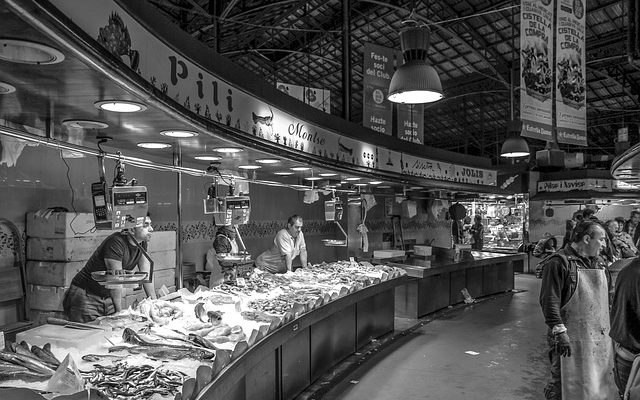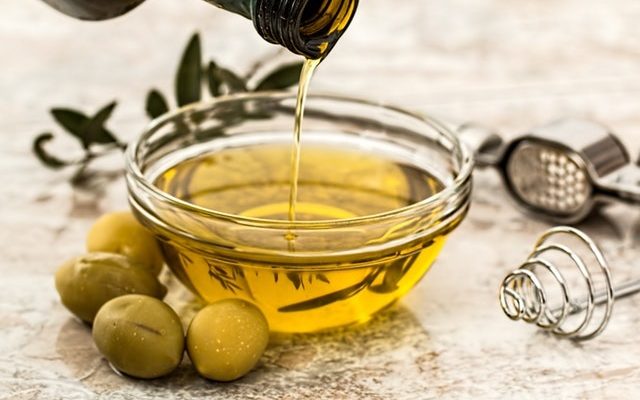5 Must Have Portuguese Delicacies

Portugal is a country with a rich history and much of its food reflects this. In recent years its cuisine has gained prominence globally in international gastronomy.
Flavourful and spicy, Portuguese food adds a punch to European cuisine and there are some exemplary delicacies. While it can be difficult to know where to start, there are some that stand out for their distinctive flavours.
Seafood is a major staple since Portugal looks out on to the Atlantic Ocean. There are many different types of fish available and many signature dishes using them. You cannot visit this country without sampling the seafood.
One of the most popular is bacalhau, which is salted dried codfish. Originating over 500 years ago in Scandinavia, this dish has since become a firm favourite throughout Portugal. Curiously, bacalhau is the only fish that is not served fresh and, though an acquired taste, remains a fixture for special occasions and religious celebrations.
Each region and restaurant has devised its own way of preparing and serving bacalhau, meaning that each tasting is a new experience – no two dishes are the same. However, it is usually served with potatoes and often found in casseroles and special cod fishcakes.

As you head further inland, meat will overtake seafood as the dominant menu fare. Rabbit and goat are two of the more unusual meats on offer (try cabrito assado no forno- oven-roasted kid) and are popular in all regions. However, what stands out as a unique Portuguese meat is Alentejo pork.
This comes from the specially bred Black Iberian pig of the Alentejo area in the south-central region of Portugal and has a very distinct taste. This is due to the pig’s organic diet of acorns, herbs and fresh grass. The pork, known as porco preto, is moist and succulent and always in high demand. The meat is also used to make a special ham known as presunto, which is similar to Italian prosciutto.
It is thanks to Portugal’s exploration of the world that certain ingredients were introduced into Europe, such as saffron, paprika and pepper. This spice influence is also reflected in the nation’s smoke-cured sausages.
Probably the most famous of these sausages is chouriço, which is now widely available across Europe. Others are linguiça, farinheira and alheira. Each region has its own version of each sausage, which differ in the herbs, spices and meat ingredients used. These sausages are sold throughout Portugal and add an extra dimension to many of the country’s dishes, providing flavours that you will not find elsewhere in the world.
Many of the cheeses produced in Portugal today continue to use traditional methods of production, often by hand and using secret recipes. This results in exclusive cheeses with textures, flavours and consistencies that cannot be replicated anywhere else.
The most renowned of these is Serra de Estrela. A sheep-milk cheese from the mountainous region after which it is named, it is smooth and delicate and a firm favourite all over the country. Even though it is not nearly as well known as its French and English counterparts, Portuguese cheese is well worth trying.
For those with more of a sweet tooth, there is Pastel de Belem. A type of custard tart, also known as Pasteis de Nata, its roots lie with the nuns of the Mosteiro de Jeronimos in Lisbon. Hundreds of years after its invention, the recipe is still a closely guarded secret, resulting in a unique flavour. The most famous place to buy these is still at the pastry shop close to where they first originated – the Antiga Confeitaria de Belem in Lisbon.
The influence of Portuguese cuisine is also evident in its former colonies. One of these is Cape Verde, a group of islands located in the Atlantic Ocean. As with Portugal, Cape Verde has a large reliance on seafood and visitors will be able to see the links between the dishes of both nations.
However, Cape Verde also has its own particular cultural history and a cuisine to match. Its food represents a mixture of African and Portuguese traditions, thanks to the colonial history which brought the two cultures together on the island and shaped its cooking traditions.
As such, a holiday to Cape Verde is a great holiday for foodies who enjoy trying new cuisines, as the island has its own delicacies that vary from traditional Portuguese fare. The national dish is catchupa, a stew of hominy (dried corn), beans and meat or fish. A popular local soup is canja, a thick stew of chicken and rice. This results in a distinctive mix which sees foods such as the Portuguese-influenced octopus stew sitting alongside African couscous, forming an exciting, delectable cuisine.
Underrated, or perhaps simply undiscovered, Portuguese and Portuguese-influenced cuisine has many hidden culinary gems. Such delicacies should be savoured and enjoyed by visitors. If you want to experience a wide range of the foods on offer in Portugal, visiting a range of regions is the best way to ensure you’ve tried as many of the delicacies as possible. It is possible to hire a car at Faro airport and drive along the coast line sampling delicious local dishes as you go.









